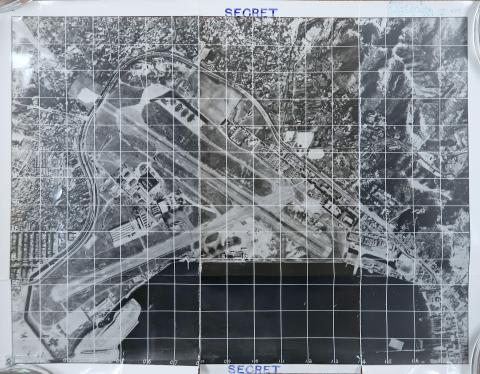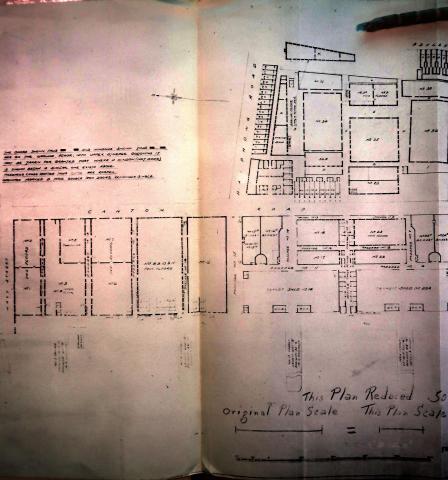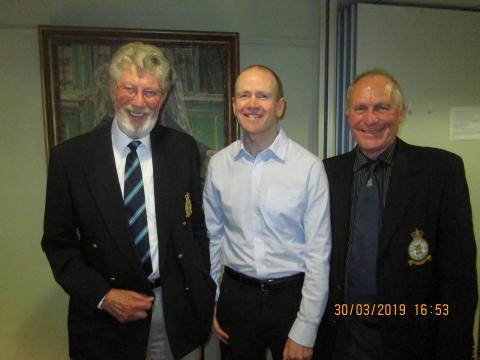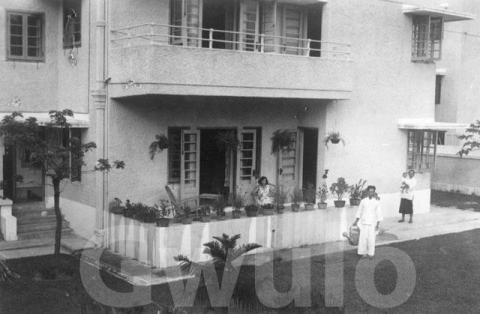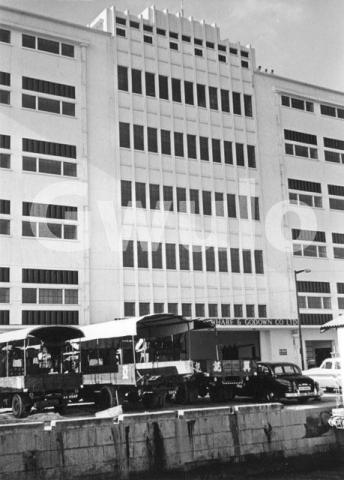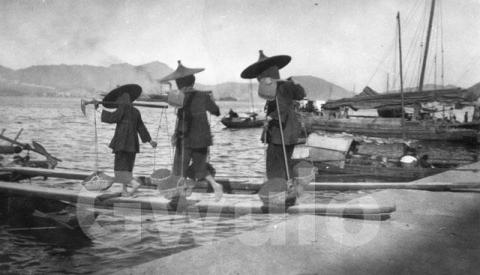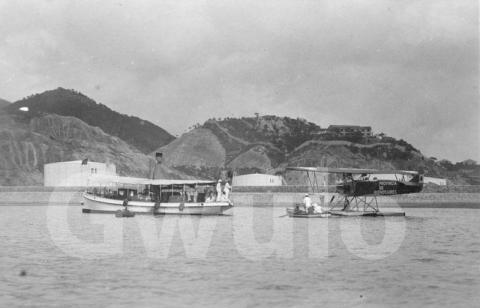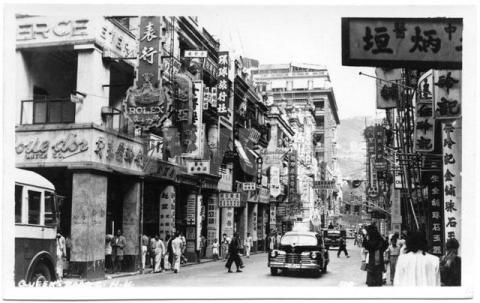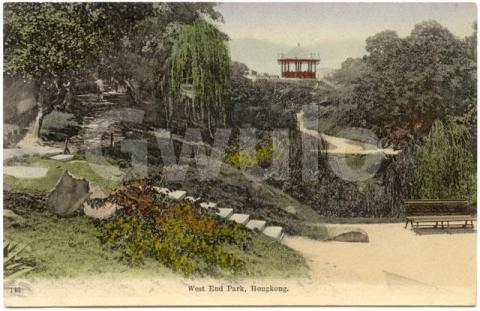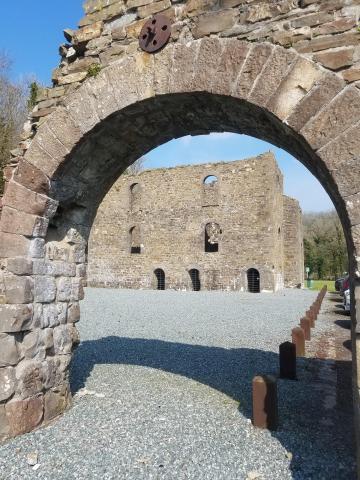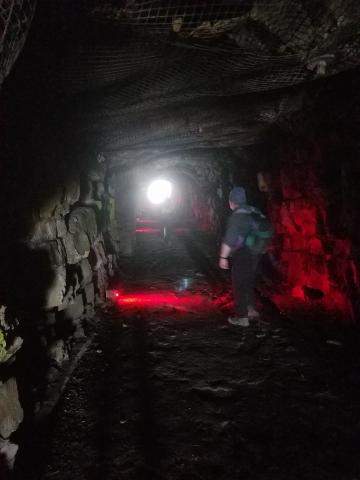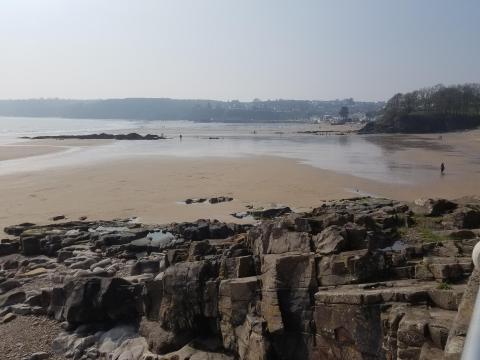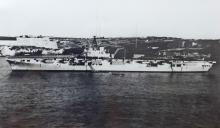Gwulo in the UK
Primary tabs
Here are a few of the finds from my recent trip to the UK.
The National Archives
I spent a couple of days there, looking through old documents, maps, and photos from Hong Kong. I didn't have any specific documents to see on this visit, so I took pot luck with some general searches. I'll show some extracts below, but if you want me to look in them for anything specific, please leave a comment below.
Photos
I only saw a few photos on this visit, including this 1958 aerial view of Kai Tak, ref: AIR 28/1374. The reclamation for the new runway into the harbour is visible in the bottom left corner. It's a detailed photo, and worth clicking through to use the zoom for a closer look.
Maps
I had better luck with maps, especially a collection of maps and plans in the document "Japanese use of Industrial Installations Hong Kong, 9 Sept. 1944", ref: WO 208/3037. One of the bonuses of looking at random documents is finding pleasant surprises. In this case, it was finding the answer to a recent question on Gwulo - "Where was Kowloon's first Post Office?" We knew it was in Godown 7 at the Kowloon Wharves, but there were a lot of godowns so we didn't know where exactly it was.
This document included a plan of the site, showing all the godowns with their numbers. Godown number 7 was on Canton Road, just north of Haiphong Road:
People
I read a copy of Sergei Piankoff's naturalisation application, which tells us a bit more about his life story. He was born in Irkustk, Russia in 1905. He moved to Hong Kong in 1925, working here as a baker, initially for Hong Kong & Shanghai hotels. He later changed his name to Serge Peacock.
Other naturalisation applications I copied were for:
- Louise Benoist
- Raoul Bigazzi
- George Gurevitch
- Vladimir Illin
- Harry Smits
Next was a copy of the "Nominal Roll Recovered Civilian Internees" for Stanley Camp, compiled in September 1945, ref: CO 980/230. It'll be good to post the list online here - has anyone already got a transcribed copy we can use, or will it need to be transcribed first?
And last were a couple of the transcripts from the war crimes trials. They make grim reading, but describe some of the places used by the Japanese gendarmerie, and the people that were there. eg the transcript of the trials of Shibata Shigeo and Oba Takao (ref: WO 235/1007) describes the layout of the Eastern Gendarmerie (today's St Paul's Primary School), and contains interviews with several of the people who were interrogated there.
Tip: Since my last visit to the National Archives they've added a size restriction on bags you can leave in their cloakroom. As flights from HK arrive in the early morning, I used to head there straight from the airport, leave my suitcase in the cloakroom, then pick it up and head to the hotel at the end of the day. The workaround was to leave my suitcase at the Kew Convenience Store, next to the station.
Another archive with Hong Kong photos: Later on this trip I was visiting a friend in Bristol, and we called in to the Bristol Archives so he could do some family research. I was pleased to find they also host the British Empire & Commonwealth collection, which includes a good selection of Hong Kong photos.
Catching up with friends
The visit was a good chance to meet some of Gwulo's contributors who live in the UK. Thanks to Mike for arranging a tasty Dim Sum lunch, and for everyone who made the journey to join us. Also thanks to the Friends of the RAS HK for arranging the lunch and venue for my talk on the Saturday. They host regular talks in London on Hong Kong themes, so it's worth getting on to their mailing list if you live nearby.
The award for the longest journey to the talk goes to Andrew Suddaby, who made a day trip by train from home in the Lake District to join us. Here's a photo of (L-R) David Gresswell, me, and Andrew after the talk. Their smart blazers show the badge of the 367 Association, which is the source of all the wonderful photos Andrew has been uploading recently.
A couple of days later it was my turn to catch the train, though not as far as Andrew's journey. I visited Barbara Anslow to hear how her 100th-birthday party went, and catch up on her latest news. Her book continues to generate new interest, and she had given a well-received talk to an audience of 60 people not long before we met. She's looking forward to giving her next talk in London on the 18th of May - I wish I was able to attend!
Stocking up with new images
I bought some new photos and postcards to add to my collection. As usual, they appealed to me for a bunch of different reasons.
Some don't have an obvious use, but if they're inexpensive and a bit unusual I like to see if anyone can recognise them. eg, any ideas where this 1935 photo was taken?
Or which of the Kowloon Wharf & Godown properties this was?
Some are bought with talks, books, and prints in mind. eg Talk #4 has a section looking at photos of people carrying things on shoulder-poles - a common scene in old Hong Kong. So this caught my attention, as the workers are carrying soil on to a junk, making their spades do double-duty as shoulder poles:
Looking ahead, this 1924 photo of a seaplane off Laichikok should have an interesting story to tell, so it may well end up in a future talk:
And sharp views of Queen's Road Central are always popular choices for prints:
The last purchase is a view of West End Park. We already have a digital version of this scene on Gwulo, but it's one I wanted for my own collection, and this was a good, clean copy:
British history
There's no shortage of local history to investigate, too. In London, I like to join one the guided walks by London Walks, and go and see something new.
Down in Pembrokeshire, a sunny spring day was a perfect excuse to head to the south of the county, and walk from the Stepaside Ironworks to Saundersfoot and back. I feel a bit embarrassed that I've never done the walk before, despite having grown up not very far away. You start from the ruined ironworks, follow the route of the old Saundersfoot Railway through several tunnels and end up in Saundersfoot town. If the tide is out, there's the chance to add in a walk along the sandy beaches too. I learned that these beaches were used for Exercise Jantzen in 1943 - one of the trial-runs of amphibious landings, learning lessons that would be applied at D-Day.
Thanks to everyone who helped make the trip so enjoyable.
